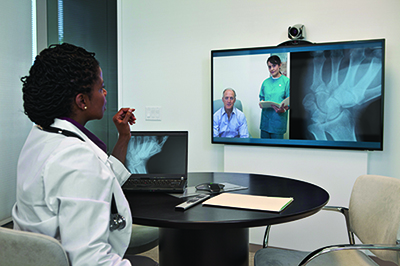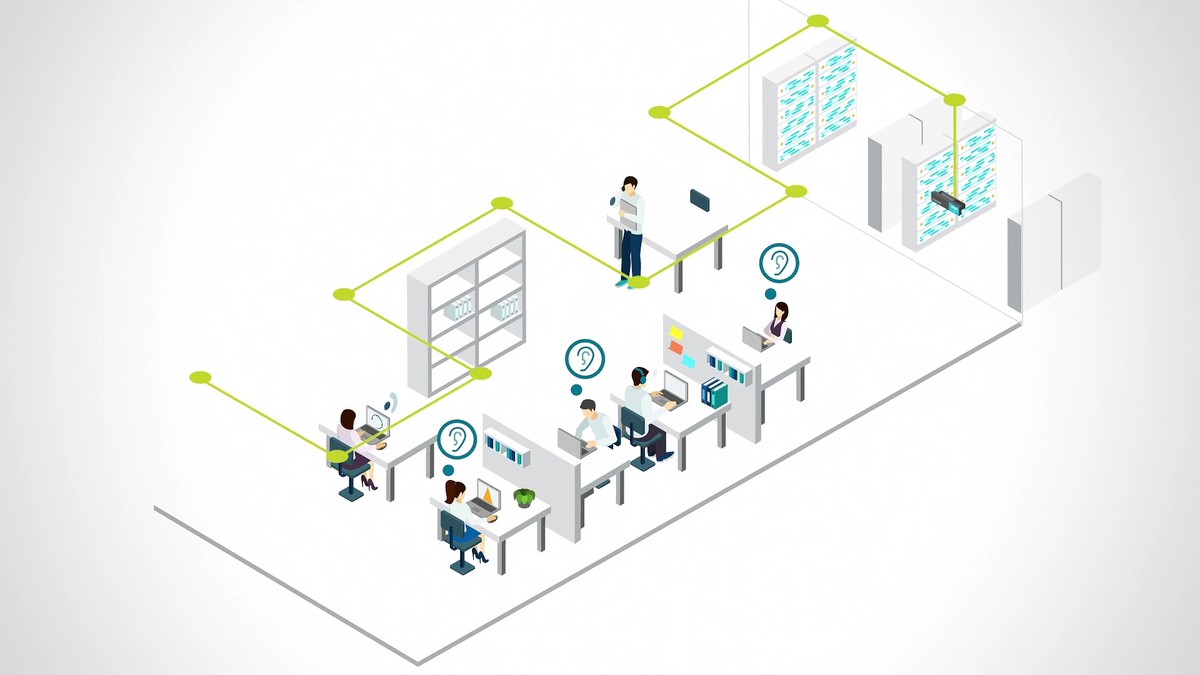
Since 2000, telemedicine has become increasingly popular. In fact, according to Accenture, health care is the second-fastest growing field within the technology industry. In 2010, there were four telemedicine portals available; now there are 42. These include America Well, TeleDoc, and Doctor on Demand.
Although some patients are still skeptical regarding telemedicine, both patients and their doctors can reap the benefits of embracing this healthcare trend. One reason telemedicine works so well is because of its versatility. In a brick-and-mortar clinic, patients might only be able to access a limited group of physicians who may not specialize in certain areas of medicine.
With telemedicine, however, a patient can access more than 1,400 qualified doctors in a variety of areas with a few quick videoconferences. Fitness, wellness, and mental health are all popular telemedicine fields. This pulls some of health care’s focus from sick care to preventive care and health management, increasing morale for both doctors and patients.
In addition, telemedicine markedly improves health care provider performance, as well as physical and emotional health. Telemedicine and cloud-based technology allow physicians to streamline many daily tasks, including paperwork, patient data storage and more. The time health care providers used to spend on “housekeeping” can now be spent meeting patients, building rapport, and learning important medical history details. This leads to more accurate diagnoses, which in turn help patients understand their health needs better and get well sooner.
Convenience is another reason both patients and health care providers reap the positive outcomes of telemedicine. As of May 2015, 187.5 million Americans owned a smartphone compatible with at least one on-demand health service. That number is sure to increase exponentially in 2016. Since most Americans carry their smartphones or other mobile devices everywhere, telemedicine—and with it, face time with qualified doctors—is always available at their fingertips. Additionally, because patients no longer have to endure long clinic waits and can speak with doctors from the privacy and comfort of their own homes, their positivity and willingness to open up increases when they use telemedicine. This makes patients more likely to listen carefully and follow doctors’ instructions.
Reports indicate that the use of telemedicine will quadruple by 2017, leading to investments of at least $1 billion. As segments of the health care industry swell, the industry will produce more jobs. Furthermore, more patients will be able to access high-quality care without worrying about medical bills. The average cost of a telemedicine conference is about $40 to $50, potentially less if a patient’s insurer requires only a co-pay. All signs indicate that telemedicine is here to stay, and that its future for all users is bright.
Talk to Us About Your Project
Call Us Now!
Too busy to chat right now?
Send us a message.





